I have decided to write this blog to commemorate and remember the men from settlements in and around Surrey Hills who fought in wars.
In Chapter 10 of my book, “Fires, Farms and Forests”, I outlined some of the war service by men from Guildford Junction. This blog goes into more detail and includes stories about men from Parrawe and Bulgobac. Over a hundred men enlisted from Waratah, and others have written about their service, so they are not included in this blog.
Over 15,000 Tasmanians enlisted in World War I (WWI), of which 12,195 went to war. Around 9,000 returned, many of whom were broken in health, mentally and physically. Casualties were in the thousands.
The 40th Battalion was recruited entirely from Tasmania, including its officers. It was formed in early 1916 as part of an expansion of the Australian Imperial Force (AIF) after the Gallipoli campaign. Lieutenant General John Monash later wrote:
The fact that it was composed wholly of the men of a small island state, gave it a special stimulus to the highest emulation of all other units. In no other unit was the pride of origin and sense of responsibility to the people it represented stronger than the 40th Battalion.
The battalion boarded HMAS Berrima on 1 July 1916. Berrima was a passenger liner that served in the Royal Australian Navy during WWI as an armed merchantman and troop transport ship.

The 40th Battalion arrived in England on 22 August 1916. The troops were sent to Larkhill, near Salisbury Plains, for further training. They left Britain for the Western Front in December 1916 to serve in the trenches in France and Belgium. The 40th Battalion was Tasmania’s contribution to the division’s strength, and it joined the Victorian-raised 37th, 38th and 39th Battalions to form the 10th Brigade.
Their first significant engagement was at Ploegsteert Wood, at the Battle of Messines in Belgium on 7 June 1917, where they attacked the enemy during an early morning exercise called Zero Hour. Days earlier, tunnellers laid 19 mines beneath the enemy trenches. At 3:10 am on 7 June, the mines exploded simultaneously, followed by waves of attacks from British, Australian and New Zealand troops. On their approach, they were hit by high explosives and gas shells. The only protection against the poisonous gas was their small gas respirator. Many men were coughing and gasping in agony.
The battalion spent much of 1918 fighting in the Somme Valley. In March, they met the German spring offensive at Morlancourt. The battalion helped drive the Germans back to the Hindenburg line in August and September,. Two months later, the guns fell silent on the Western Front.
Guildford Junction War Service
John Reardon, was a 25-year-old Emu Bay Railway Company (EBR Co.) motor driver between Guildford and Waratah. He enlisted in August 1915 and was assigned to the 12th Battalion. However, he contracted phlebitis and pleurisy and returned to Australia in October 2016 and was discharged from the forces in March 2017.
Twenty-year-old Gunner Algernon Leslie Morgan was the provisional teacher at the Guildford Junction school in 1915. He decided to enlist in WWI in December after his mother died. He left Australia immediately as part of the 12th Battalion. He was transferred to the 10th Field Artillery Brigade that was raised in Egypt to support the 4th Division. He underwent quick training to use the standard field gun – the British 18-pounder, before they headed to the Western Front. He was in and out of hospital suffering from pleurisy during the war. After suffering gas poisoning, he was discharged after the war, being classed as medically unfit for service.
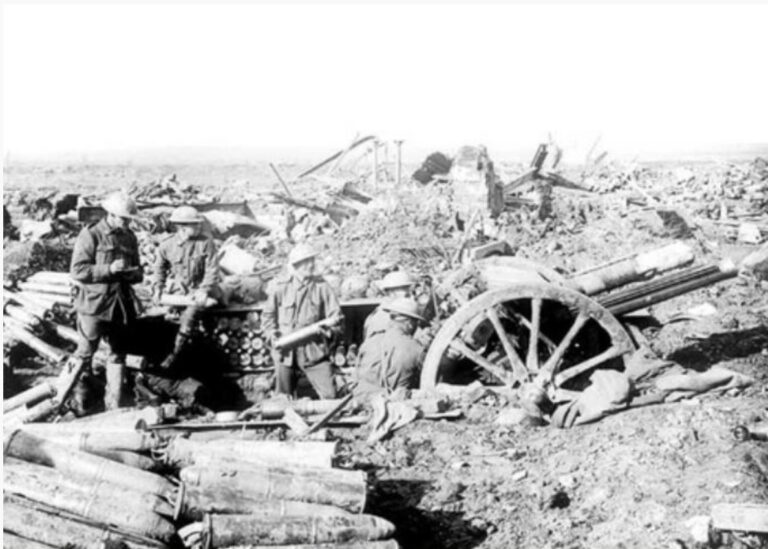
Algernon also enlisted in WWII for the Volunteer Defence Corps in July 1942, but his service record details are limited. His medical history sheet didn’t paint a very healthy person, and his record is noted as “not attested”. At the time, he was living in Queenstown and working as a clerk. He had married local Selina Mary in 1923 and died on 30 March 1959, aged 63. He is buried at the Devonport Cemetery.
Residents gathered at the Guildford school on 31 July 1915 to farewell Albert (21 years old) and Manfred (18 years old) Murray, Ray Brown and Daniel Roy Delphin. Manfred’s and Albert’s older brother, 27-year-old Dennis, enlisted earlier in the month. Their younger brother, 16-year-old Arthur (known as “Cutter” during his life), tried to enlist, but his father refused to sign the papers.
The gathering was addressed by James Peachey, a fettler with the EBR Co. He said everyone was proud of “the lads in taking such a noble step in answering the call” and wished them a speedy return.
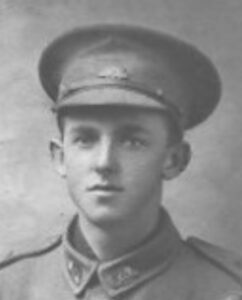
Peachey’s eldest son, 25-year-old Ernest, enlisted the following month. Unfortunately, he died of cerebrospinal meningitis in Hobart on 24 September 1915. His funeral took place with full military honours. Six horses drew the procession and consisted of a gun carriage bearing the coffin. About 200 members of the AIF, under the command of Camp Commandant Major R P Smith and headed by the AIF Band, left the general hospital and proceeded to Cornelian Bay Cemetery.
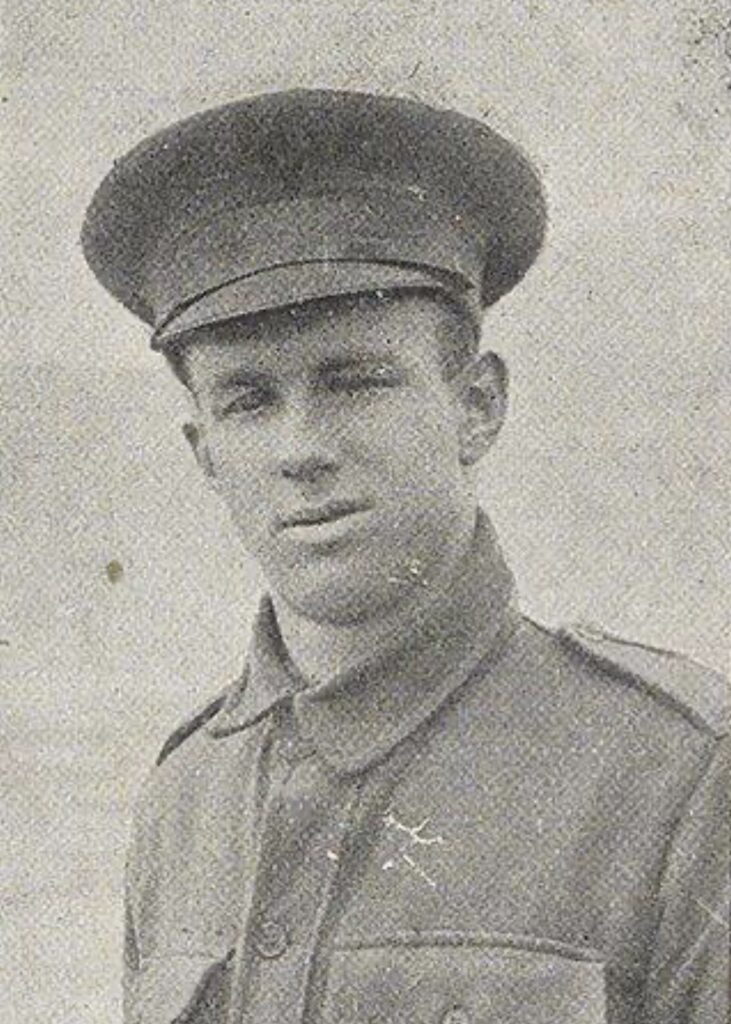
There are no war records for Brown and Delphin.
Brown’s father, long-time resident and the “Squire of Guildford”, Edward Brown, applied for five months of war service exemption for his son, George Edward, because his services were indispensable. He wanted to get his business in order and obtain assistance from his son. Temporary exemption was granted until 31 March 1917, provided George remained in his father’s employment.
Daniel Roy Delphin passed a preliminary medical examination on 25 July 1915 after enlisting. However, after a re-examination on the same day, he was officially listed as unfit for service, but no reason was provided on his record sheet. However, I noticed a margin notation at the top of his Attestation paper “Defer (vision) unfit 26/8/15”.
At the beginning of October 1916, the government declared that all unmarried able-bodied men between the ages of 21 and 35 were to undertake military training leading to the possibility of service. All men meeting that criteria had to enrol at enrolment centres where they were assessed for suitability. Men classified as suitable could appeal and be granted exemption from service. Exemption Courts were set up in each Federal Electorate, and men who wished to be exempt from military training had to apply and have the opportunity to put their case at the court.
Dennis Murray was initially appointed to the 15th Battalion and left Australia on 16 August 1915. He was transferred to the 4th Pioneer Battalion in March 1916. A total of five pioneer battalions were raised with each one assigned to one of the five infantry divisions. They were formed in the aftermath of the Gallipoli campaign to meet the conditions on the Western Front. Their main task was digging trenches, constructing light railways and battlefield clearance.
The battalion marched to Serapeum in Egypt. While he was in Egypt, he penned a “handsome” greeting card to his mother with a lovely poem:
For the sake of those I dearly love,
And in the cause of Liberty.
I’ve left my southern sunny home. And crossed the wide and trackless sea.
Heaven guard and bless you, dearest one.
That I in foreign lands may roam;
Though I am absent in the flesh,
My tenderest thoughts are of my home.
Good luck to you whilst I’m away, I know the parting cost you pain;
My earnest prayer from day to day – God be with you till we meet again.
Later in the year, his father Edward, telegrammed the Army Base Records Office as there were reports his son was missing, but they responded they had no such record.
Indeed, Dennis was still alive but, to the Army’s annoyance, showed traits of a real larrikin. He was absent from roll call on two occasions. Immediately after being promoted to field captain, he was court martialled in July 1917 for striking and “using insubordinate language to his superior officer”. He was found guilty and sent to military prison for ten years of penal servitude. His sentence was commuted to two years of hard labour a month later.
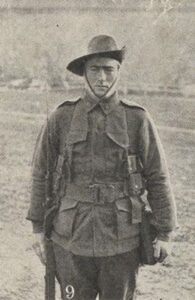
Meanwhile, younger brother Albert was assigned to the 26th Battalion. He was admitted to a hospital in Egypt. After leaving the hospital, he left for France on the troop ship Corsican and arrived at Marseille in April 1916 to serve in the 12th Battalion, made up of primarily Tasmanian recruits. They were sent to the Western Front, taking part in bitter trench warfare until the war’s end.
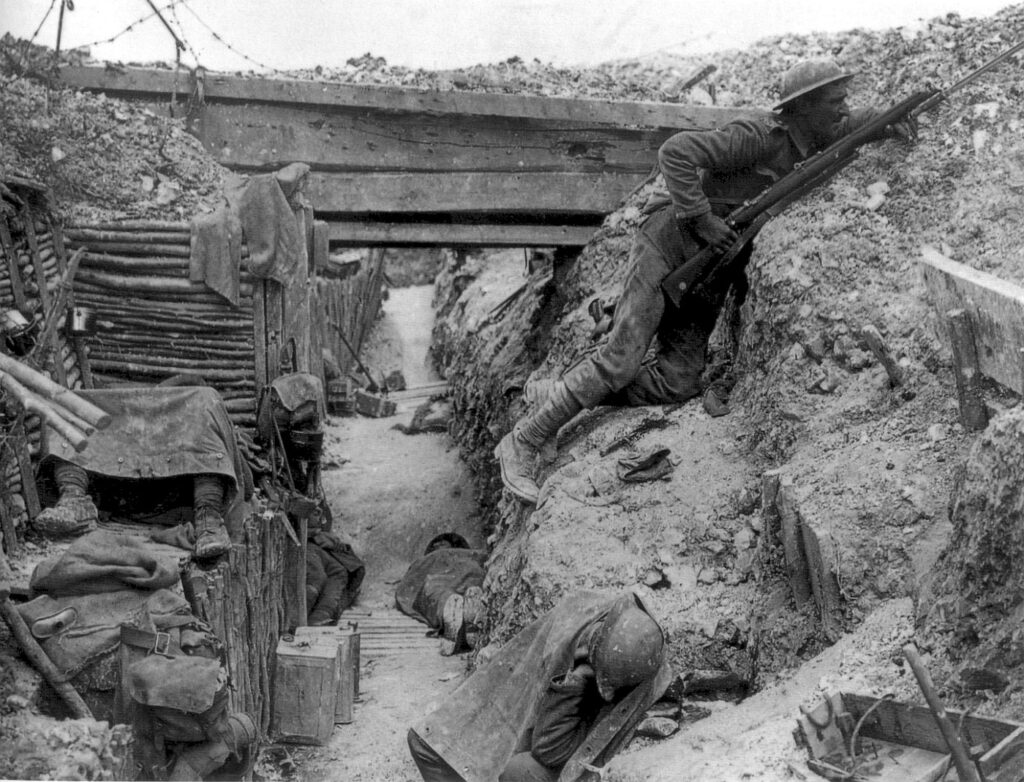
The battalion’s first major action was at Poziers in the Somme Valley in July 1916, part of the Anglo-French offensive attempt to hasten a victory for the Allies. The battle lasted until November of that year and involved three million men, where over one million were killed or wounded, making it one of the deadliest battles in human history.
It was here that Albert met his fate, officially recorded as dying in action between 19 and 22 August. There is a memorial at Villers-Bretonneux in his honour – “no known grave – Known unto God”.
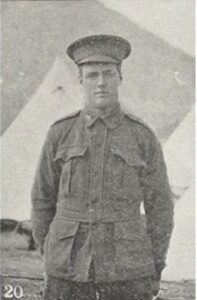
Manfred was also assigned to the 26th Battalion with his older brother Albert. In February 1916, his mother was anxious to hear from her son and wrote to the Army Base Record Office in Melbourne seeking an address to write to him. It was at this time that Manfred was in hospital for mumps.
On 28 December 1916, he was transferred to the 4th Pioneer Battalion and joined his oldest brother Dennis briefly before he was court martialled.
Both Dennis and Manfred returned to Australia after the war.
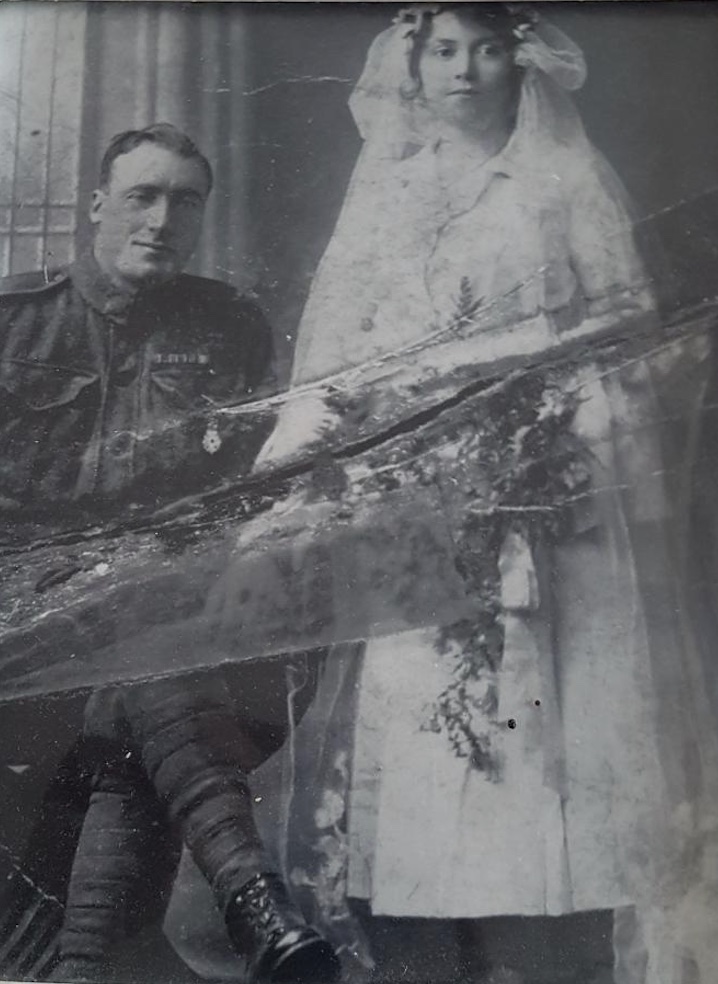
Dennis arrived in Hobart on 23 March 1919 via HM Cluny Castle. He married Florence May Delphin soon after. They had ten children. He was a fettler on the Emu Bay Railway, working at Waratah, Guildford and Zeehan. He moved to Zeehan in 1946 after his wife died. Dennis died on 21 September 1964 and is buried at Zeehan.
Manfred returned on 12 July 1919 and, in 1920, married Daisy Little. He worked as a carpenter and died in 1952 in Melbourne, Victoria.
There are no records I can find of anyone enlisted for WWII service from Guildford Junction. Dennis’ son Cyril George Murray (TX6767), born on 27 August 1921, served in World War II. However, his service records are not available online.
Parrawe War Service
Colonel Sir George John Bell is the most celebrated serviceman from Parrawe. Born in Sale, Victoria, in 1872, he had a distinguished military and Parliamentary career. He fought in the Boer War, enlisting as a private in the 1st Victorian Mounted Infantry Company. He returned to Australia in December 1900, but after calls for reinforcement from the British the following February, he re-enlisted as a lieutenant in the 5th Victorian (Mounted Rifles) Contingent. He was severely wounded, mentioned twice in dispatches and awarded the Distinguished Service Order in 1902.
In January 1902, he was appointed Honorary Captain in the Commonwealth Military Forces 10th Light Horse Regiment and resigned his commission on 22 December.
In April 1914, Colonel Bell enlisted in the AIF as a second lieutenant in the 3rd Light Horse Regiment, seeing service at Gallipoli, Egypt and Sinai, as well as with the Camel Corps in Palestine.
During the war, he was promoted to lieutenant, captain, major and lieutenant colonel to lead the Regiment. He earned the reputation as “one of the most aggressive and astute leaders produced by the light horse”. Colonel Bell took part in the capture of Jerusalem, where he was awarded a Companion in the Most Distinguished Order of Saint Michael and Saint George in 1918, an award to those who had performed distinguished service in the colonies and protectorates of the British Empire.
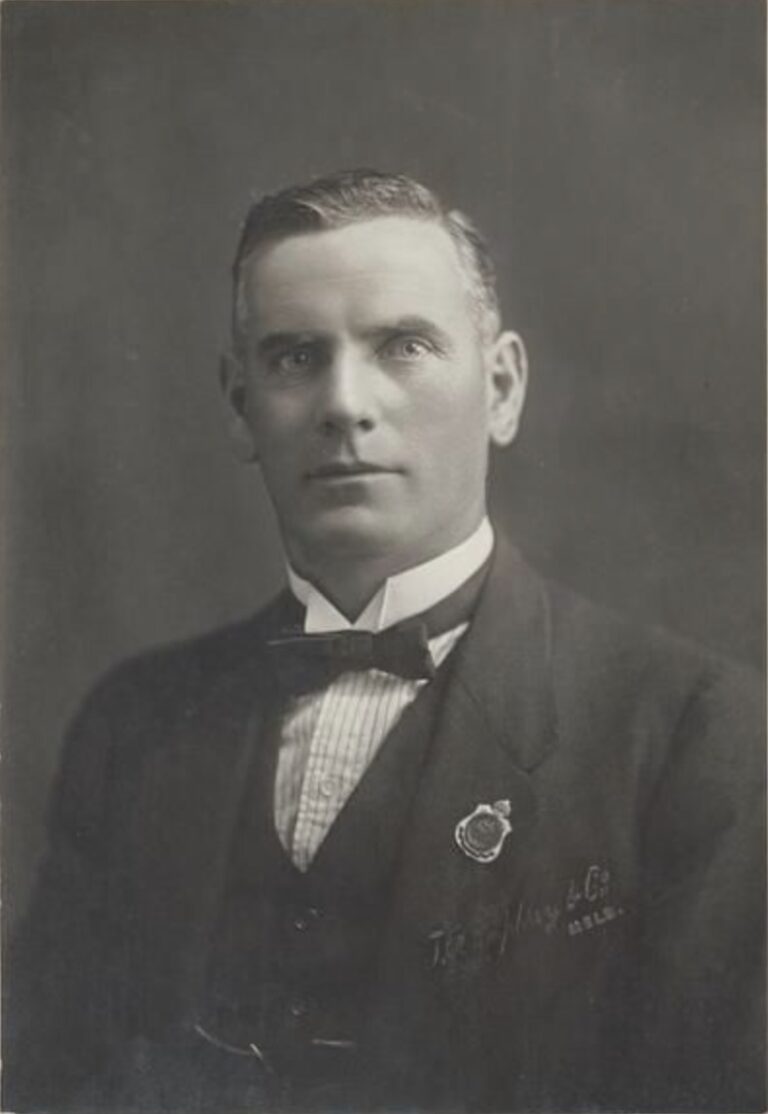
He was also awarded the Distinguished Service Order for operational gallantry for highly successful command and leadership during active operations despite being severely wounded twice and suffering from malaria.
On his return to Tasmania, he had a distinguished parliamentary career in the federal parliament.
A pioneer for the Parrawe district was Stephen John Smith. He served in WWI after enlisting in November 1915 as a 36-year-old. Called up from reinforcement, he was part of the 12th Battalion. Smith was wounded in action on 22 August 1916 at Pozieres after receiving a gunshot wound to the right wrist, and a piece of shrapnel entered his knee. After operations, he was medically discharged on 30 May 1917, as he was partially incapacitated.
His war injuries were a great disability, but he bore his hardships heroically. He served on the Waratah Council for 17 years. He died in July 1938 and a ceremony was held at the Parrawe school where a large photograph memorial was unveiled to recognise his hard work in establishing a school for Parrawe.
Alfred Whiley, known by his second Christian name Vernon, was a native of Sheffield, Tasmania and lived in Western Australia. He joined the 10th Light Horse Regiment in August 1915, aged nearly 28. It was raised in Western Australia due to the high number of volunteers. Their first engagement in the war was at Gallipoli, mainly as a defensive role. They spent the rest of the war in the Middle East in numerous actions, including Romani and Beersheba. They led the Australian Mounted Division which accepted the formal surrender of Damascus on 1 October 1918. While awaiting repatriation, the regiment was used to suppress a nationalist uprising in Egypt in 1919.
He was a farmer in Parrawe in 1934 until his death in 1948. He was President of the Parrawe Rovers Football team in the Waratah District Football Association. He had five sons and four daughters – William (Queenstown), Thomas (Burnie), Wesley (Waratah), Peter (Parrawe), John (Parrawe), Jean (Mrs Yaxley, Blythe), Ida (Mrs Keygan, Waratah), May (Parrawe) and Lilly (Parrawe) His wife was Eva May.
Clements John Drake died suddenly at work at Moles’ sawmill in Parrawe in September 1944, aged 52. He was born at Geeveston and was a member of the 16th Battalion, enlisting in Western Australia during WWI.
He was wounded in the first battle at Bullecourt on 11 April 1917 and reported missing. It was later confirmed he was captured by the Germans and was held as a prisoner of war at the Saltou prison camp near Hanover for 20 months. It was the largest German prisoner of war camp during WWI.
Many prisoners suffered at these camps because of the shortages of food caused by the British blockade. They were kept alive by the Red Cross, with each prisoner receiving six parcels and five shillings a month during their term as prisoner. He later said, “without this sustenance we should not have lived to return”.
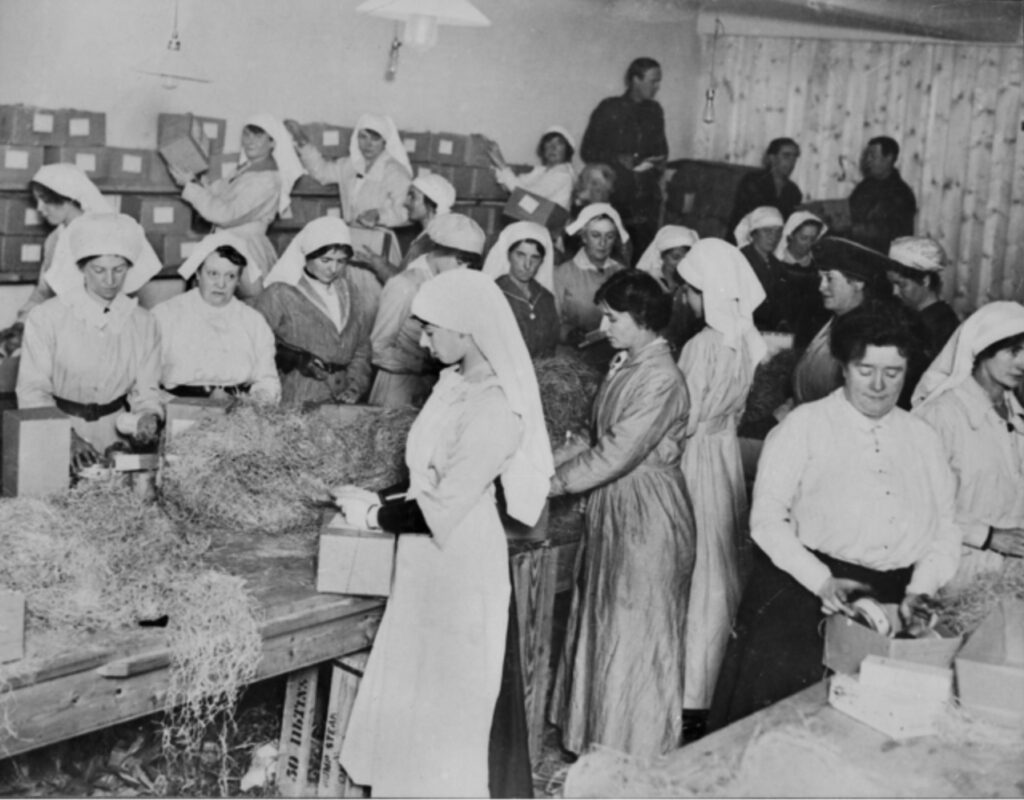
After being discharged, he spent time in Western Australia before returning to Tasmania in 1939.
He was described as an outstanding bushman and foreman at Moles’ mill for the five years he worked there.
Trooper Wallace “Wally” Hills was called up in October 1941 at only 18 years of age. During WWII, “eligible males” were drafted or conscripted and given initial notice in the mail. This meant he was compulsorily registered for a militia unit.
He was marched into camp and taken on strength, which means the unit took responsibility for him regarding housing, food, pay, clothing etc., and then called up to serve on continuous full-time duty. He participated in several driver and motor courses and was in the Motor Regiment. In June of the following year, Wally was posted to No 3 Troop C Squadron, one of three squadrons assigned to the 6th Division.
Wally remained in Australia with several admissions to the Brighton Hospital for various illnesses until May 1943, when he was given permanent release from further military service because, as a woodcutter for APPM, cutting pulpwood, which was considered part of a reserved occupation. Wally was formally discharged a year later.
Wally’s older brother Frank Fleetwood Hills enlisted in July 1940 and was assigned to the 2/40 Battalion. However, damaged knee injuries from football meant he was medically discharged as being unfit for service. He went on to work with the police force.
Bulgobac War Service
Charles Henry Taber was working for the EBR Co. at Bulgobac when he enlisted in October 1939. He was sent to a permanent camp at Brighton for training and was part of the first detachment on 20 October 1939. He was fined for disobedience by refusing an order by a superior officer to come on parade when ordered at Ingleburn on 30 April 1940. Four days later, he left Australia and arrived at Ganrock, Scotland, two months later en route to the Middle East. He was in and out of hospital with Scabies and dermatitis while on the ship. He arrived in the Middle East on 3 January 1941, and while there, he suffered from dysentery.
He was marched out of the 25th Infantry to the Services Training Regiment at the end of June 1941 and attended the No 2 course Regiment Police Services Training Regiment for two months. He was taken on strength to join the 2/31 Battalion on 19 September 1941. However, he left the Middle East on 12 February 1942 and arrived in Adelaide from SS Havildar two months later. During the voyage, he was promoted to Acting Corporal, which was later confirmed, and then promoted to Acting Sergeant.
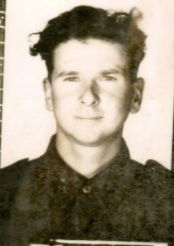
Charles left Brisbane on 31 August 1942 on Crence and arrived at Port Moresby, Papua New Guinea, ten days later. Not long after, he was admitted to the Infectious Disease Hospital at Port Moresby in December 1942 after contracting malaria.
He left Papua New Guinea on Duntroon on 17 January 1943 and arrived at Cairns two days later. He was discharged in March 1944 as medically unfit after suffering malaria, bilharziasis and dysentery.
Charles died at Umina Park on 3 July 1993.
Maurice Elton “Joe” Ryan lived with his young family at Bulgobac from 1952 to 1956. Before that, he served in WWII, enlisting in the Citizens Military Force in 1942 when he was 19 years old. Later in the year, he joined the All-volunteer Expeditionary Force to join other troops fighting overseas. The family moved to Guildford in 1956.
He served as a driver with the 12th Field Ambulance while in Australia. In June 1941, the 9th Australia Casualty Clearance Station (ACCS) was brought up to strength and moved to Brighton just outside Hobart. The unit moved to other locations in Armidale, New South Wales and Ravenshoe in North Queensland (it was renamed 109th ACCS). They were shifted to Papua New Guinea to service the 6th Australian Infantry Division. In October 1944, they moved to Torokina on Bougainville. They then went across the island to Motupena in April 1945, supporting the 3rd Infantry Division until the end of the war. Joe acted as a stretcher bearer and medical orderly frequently during action.
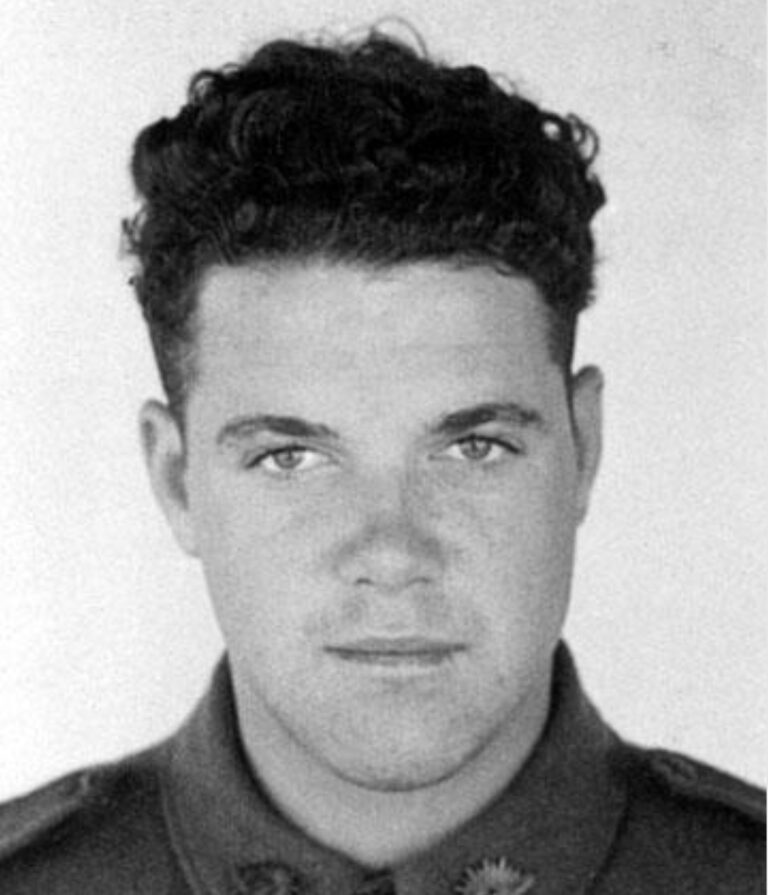
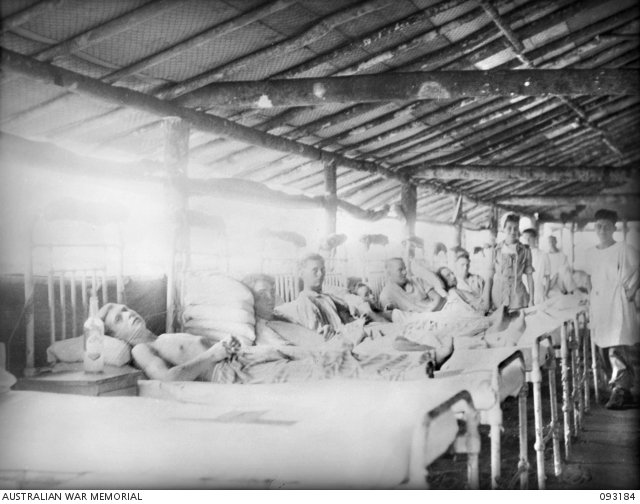
The purpose of Casualty Clearance Stations was to be located as close as possible to behind the front lines where doctors and nurses could attend to the wounded and operate if necessary. Soldiers whose battle days were over or needed a lengthy treatment period were evacuated to military hospitals.
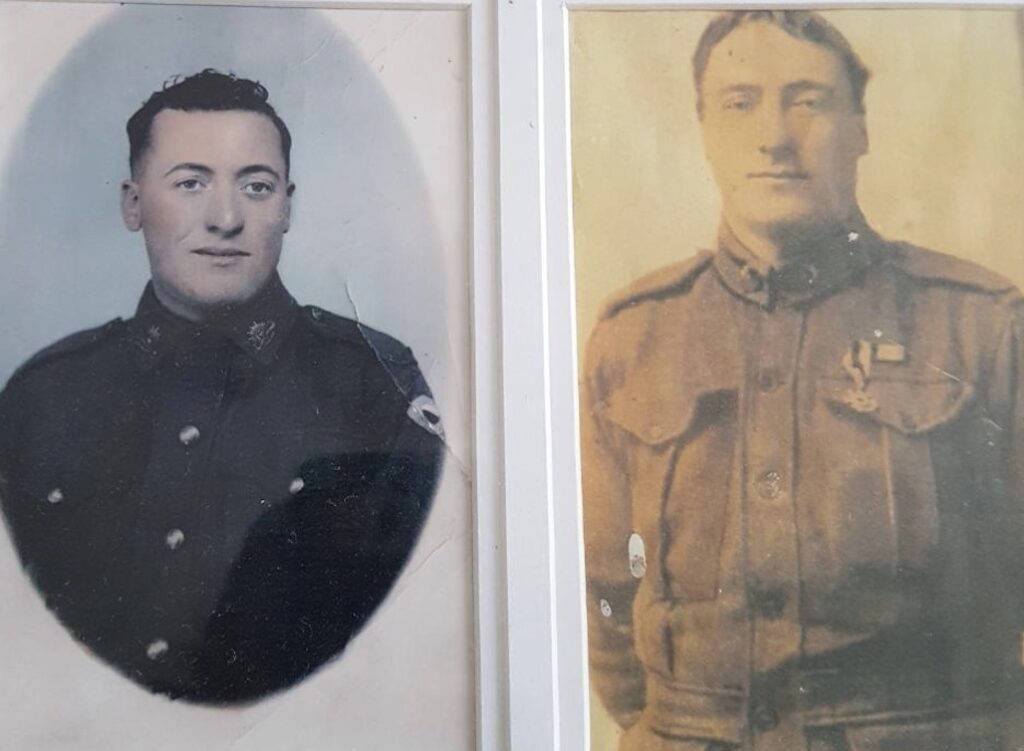
Thank you Robert
Another great article Robert. Always interested in your stories. I hadn’t realised Wally (known as Uncle Ninny) and Fleetwood (known as Uncle Deet to us) were involved in WW11.
So much more to learn about our history. Well done.
The impact of both WWI and WW2 on Tasmania’s communities is recorded on the many memorials found in our small towns
I understand was amongst the highest in the Commonwealth.
Thank you again for a great article.
Lest we forget.
Great stories on a special day.
Enjoyed reading your article, very interesting. Thanks for the article. Cheers Carol
You have done some remarkable research. Well done indeed.
My father went to Waratah from Melbourne in 1946 on returning from Service in the Navy, as he had been told there was work at the tin mine.
He worked here until went to APPM and moved to Guildford with his young family. I was third child in family and born while we lived in the Bungalow near Guildford. Soon after, we moved to the township and we 3 children attended Guildford school. Left for Burnie in 1957.
Hi Robert. Wonderful tribute to those from the district who served.
Today, as always on ANZAC Day, I watch the dawn service at Villers-Brentonneux. Always very authentic.